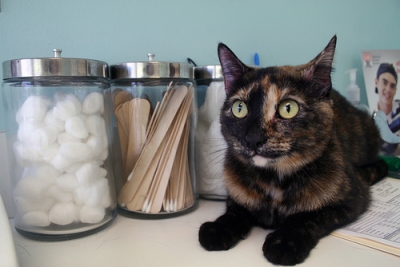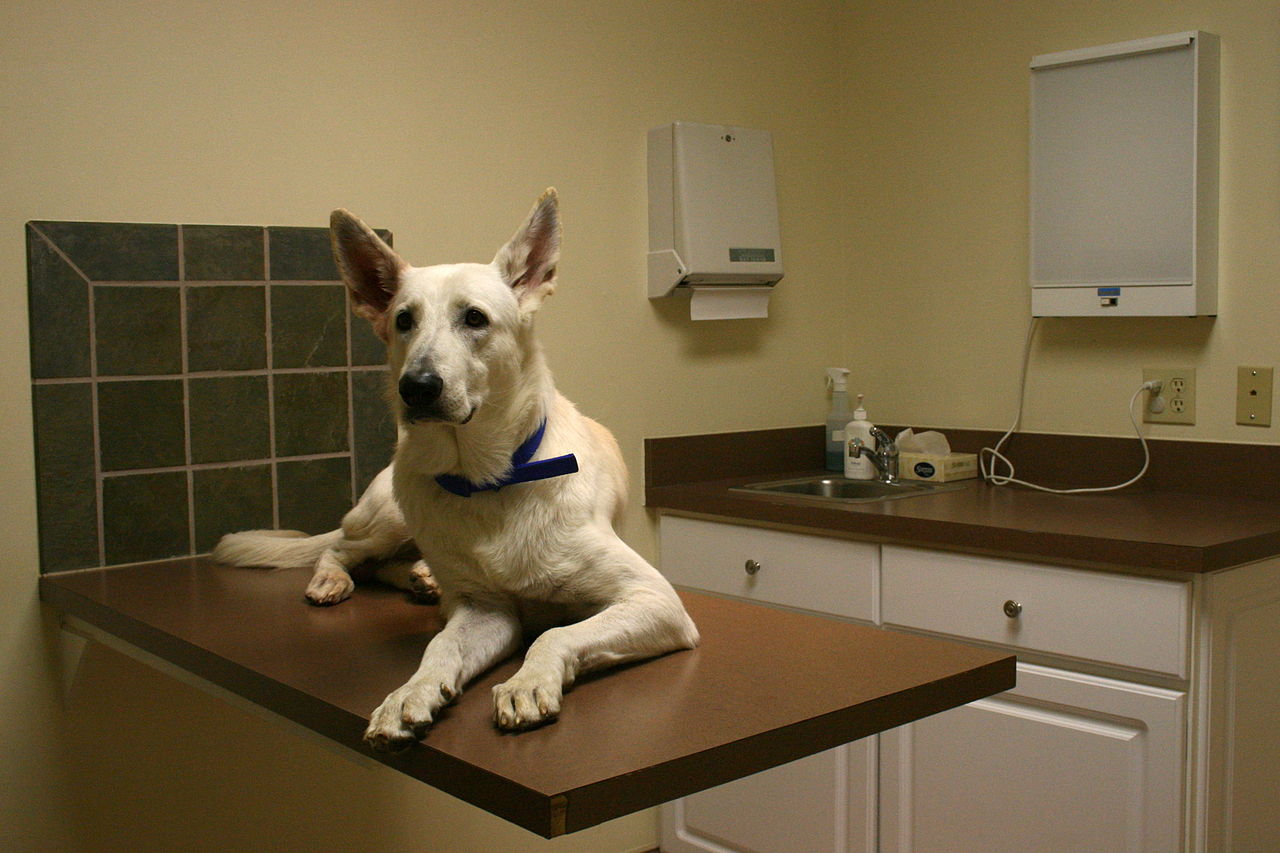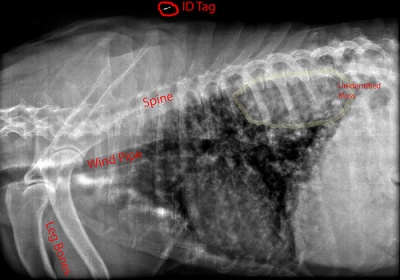
One of the most devastating pieces of news to receive is that your pet has cancer. But there is hope. Chemotherapy is a viable option to treat pets with cancer.
There are a number of different types of chemotherapy drugs available for your veterinarian/oncologist to use. Some are given orally while others by injection every 3 weeks or so usually for a minimum of 4 sessions. Some chemo drugs are used for specific cancers while others fight most types of cancer. A few of the most commonly used chemo drugs include carboplatin, Leukeran, cisplatin, doxorubicin (adriamycin), Lomustine, Piroxicam, Elspar, Vincristine.
It’s important to be aware that there can be a number of side effects with treatments such as nausea, diarrhea, poor appetite, fatigue, lethargy, weight loss, a low white blood cell count. Side effects usually occur up to 3 days following treatment. Pets normally experience milder side effects than humans. They also receive lower doses of chemo drugs. Your vet will prescribe anti-nausea and vomiting medications. Remember that each pet is an individual and may have unusual reactions to chemo. Call your vet/oncologist if you have any questions.
In Dr. Demian Dressler’s blog, Dog Cancer News, cancer specialist and co-author and writer, Dr. Susan Ettinger explains what happens at your pet’s chemo treatment.
Each time you bring your pet in for treatment, you will be asked a number of questions about the pet’s physical condition, reactions to any previous treatments and so on. Depending on your answers, adjustments may be made to dosage.
Your pet will be given a blood test to check white blood cell count. Weight and temperature will be checked. The doctor will perform a physical examination, especially the area of the tumor.
The chemo itself is performed in a separate room that is locked during treatment so that no one will disturb the session.
Materials for the chemo treatment are assembled under a ventilation hood that, when turned on, eliminates toxic fumes from the area. Doctor and nurses wear protective clothing including masks and gloves. Syringes and catheter lines have special attachments to help prevent chemo escaping into the air.
Depending on size, the pet is placed on a table or padding on the floor. To minimize stress, only one pet is treated at a time. Experienced chemo nurses are present during the entire procedure. There can be irritation to tissues if the catheter is not placed perfectly in the vein.
If your pet has had issues with nausea from a previous treatment, s/he is sometimes given an injection of anti-nausea medication.
Chemotherapy appointments can take 1-2 hours. After the treatment is complete, your pet is usually lavished with lots of attention and treats by the staff. And then sent home for more of the same from you.
The success of chemo depends on your pet’s general health, how far the cancer has progressed, if metastases are present, your pet’s response to chemo.
For further information about chemotherapy treatments and other cancers, look for co-authors Dr. Demian Dressler’s and Dr. Susan Ettinger’s book, The Dog Cancer Survival Guide.


